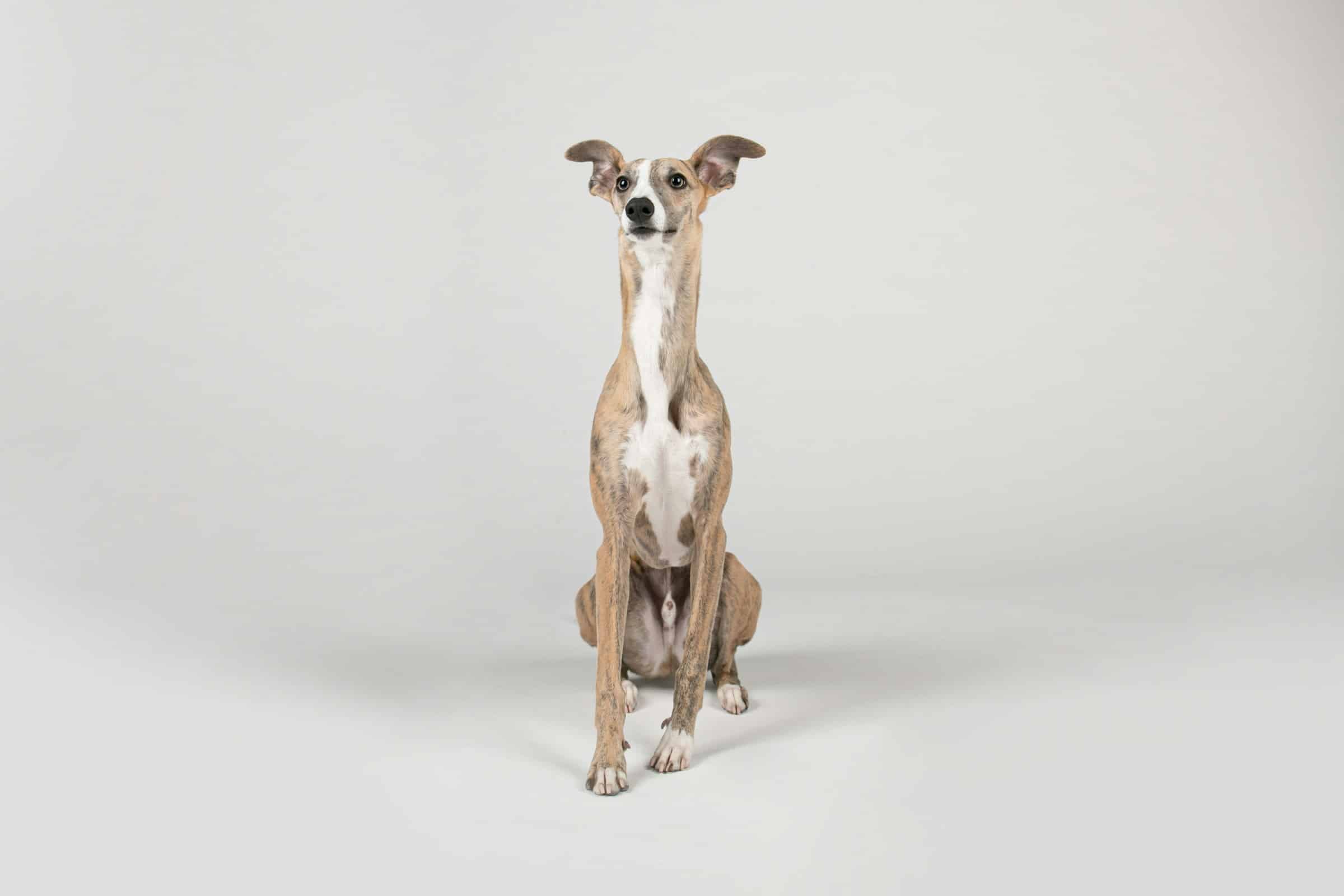How to Train a Fearful Rescue Greyhound to Trust New Human Friends?

Rescue dogs often come from backgrounds of neglect, abuse, or abandonment. Their past experiences may make them fearful and nervous around people, making it difficult for them to trust new human friends. Training a rescue dog to trust and feel at ease in a new environment is a rewarding but challenging task. This article will focus on the often misunderstood greyhound breed, providing guidance to help these gentle dogs overcome their fears.
Understanding Greyhounds’ Behavior
Before starting the training process, it’s essential to understand greyhounds’ behavior to better help them acclimate to their new environment. Greyhounds are a unique breed with unique characteristics. They are often known for their high-speed chasing abilities but they are also very gentle, loving, and sensitive animals with a strong desire for human companionship. However, due to their dog racing history, they tend to be nervous and wary around unfamiliar people.
Additional reading : How to Teach an Australian Shepherd to Perform Advanced Agility Exercises?
Understanding that your rescue greyhound’s fearful behavior is a result of its past and not a reflection of its personality is the first step in gaining its trust. Always remember, a greyhound who has been used for racing has spent most of its time in a crate or kennel, and has had little exposure to home life. Therefore, your home will be a completely new world for your pet.
Establishing Trust through Consistency and Patience
Establishing trust with a rescue greyhound can take time – sometimes weeks, even months. However, with consistency and patience, it’s entirely possible to build a strong bond. The key to this is developing a predictable routine.
Also read : What Are the Best Strategies for Introducing a Puppy to Water Activities Safely?
Dogs thrive on routine as it gives them a sense of security and helps reduce their anxiety. Regular feeding times, walks, and quiet moments for bonding will help your greyhound feel secure and understand that you’re someone it can trust. Avoid sudden changes in their routine during the early stages of their acclimation.
Similarly, be patient. Don’t expect immediate results. Remember that your dog has likely been through a traumatic time and may need time to adjust. Reassure your pet regularly with calm, gentle words and body language to show that you mean no harm.
Training Your Greyhound
Training a greyhound, like any other breed of dog, requires effort and consistency. Start with basic commands like sit, stay, and come. Use positive reinforcement techniques such as treats, praises, or petting to reward good behavior.
Avoid using force or raising your voice as it might scare your fearful pup and worsen its fear. Instead, use a gentle, reassuring tone to guide its behavior.
Leash training is also essential for greyhounds. Being sprinters, they have a strong chasing instinct. Therefore, having control when you’re out for a walk can prevent unexpected incidents.
Involve your family members in the training process. This will not only help your dog get used to different people but will also ensure consistency in training. Everyone should use the same commands and rewards to avoid confusing your pet.
Introducing Your Greyhound to Other People
Once your greyhound starts to feel at ease in your home and with your family, you can gradually introduce it to other people. Start with close friends or relatives who understand the situation and will act calmly and gently around your dog.
If your greyhound seems nervous around new people, don’t force the interaction. Allow your pet to approach them when it feels ready. Over time, with positive experiences and consistent behavior from you, your greyhound will begin to understand that people can be trusted and pose no threat.
Helping Your Greyhound Overcome Fear
Helping a greyhound overcome fear is a gradual process. Fearful dogs need to learn that they are safe and that their new environment is a loving, comfortable place.
Always remember that forcing a fearful dog into a situation it’s not comfortable with may backfire and increase its fear. Instead, gradually expose your greyhound to new experiences and environments.
For example, start by walking your dog around your neighborhood. When it seems comfortable, venture a little further. If your dog seems anxious or afraid, go back to a more familiar setting and try again later.
Remember, progress might be slow, but any progress is good progress. With time, patience, and consistent training, your greyhound will start to trust you and overcome its fears.
Remember, the ultimate goal is not just to change their behavior, but to help them feel safe and happy in their new home. That’s when you’ll know you’ve truly won their trust.
Managing Loud Noises and Creating a Safe Space
Loud noises can be a significant source of anxiety for a scared dog, especially for greyhounds. These dogs are sensitive to sudden, loud sounds like thunderstorms, fireworks, traffic noises, or even the sound of household appliances. This sensitivity can make them anxious and fearful, which can further hinder their process of building trust and feeling comfortable in their new environment.
To help your rescue dog manage their fear of loud noises, providing a safe space can be beneficial. A safe space is a designated area in your house where your dog can retreat to whenever it feels scared or anxious. This could be a specially prepared corner in a quiet room, a dog house, or even a crate if your dog feels comfortable in it. The key is to make the space as comfortable and reassuring as possible. Add soft blankets, favorite toys, and even an item of your clothing that smells like you.
Remember to never force your dog to go into its safe space. Instead, encourage it by placing treats or toys in there and let it decide when to enter. With time, your dog will learn to associate the safe space with feelings of safety and comfort, which can greatly help in reducing its fear and anxiety.
Further, try to desensitize your dog to loud noises. Start by playing the sounds that scare your dog at a low volume, and gradually increase the volume as your dog becomes more comfortable. Reward your dog with treats and praises when it remains calm. This technique is called counter-conditioning and can be very effective in helping dogs overcome their fear of loud noises.
The Importance of Socializing Your Greyhound
Socialization is a crucial part of dog training, especially for rescue dogs. A well-socialized dog is usually more confident, less aggressive, and less fearful, making them easier to train and bond with. Socializing your greyhound with other dogs can also help them learn appropriate dog behavior.
Start by introducing your dog to calm, well-behaved dogs. A dog park can be a good place for this as long as it’s not too crowded or overwhelming for your dog. Always keep your dog leashed and watch their body language closely. If your dog shows signs of stress or fear, such as tucking its tail, flattening its ears, or trying to escape, remove it from the situation calmly and immediately.
In addition to dogs, exposing your greyhound to different people, environments, and experiences is also important. Arrange for friends and family to visit your house so your dog can get used to different people. Remember, consistency is key. The more positive experiences your dog has with other people and dogs, the faster it will learn to trust and not be scared.
Conclusion
Training a fearful rescue dog to trust new human friends is not an easy task. It requires patience, consistency, and understanding. Remember, your greyhound’s fear is a result of its past experiences and not a reflection of its personality.
With time, your greyhound will start to trust you and feel more secure in its new environment. This won’t happen overnight, and it’s okay. Your greyhound needs time to unlearn its past and understand that it’s now in a safe, loving environment.
Always remember, you’re not just training your dog, you’re helping it heal. Every progress, no matter how small, is a step towards a happier, more confident dog. The reward of seeing your greyhound transform from a scared dog to a happy, trusting one is worth every effort.
We hope this article has helped you understand how you can help your rescue greyhound overcome its fear and trust new human friends. With patience, persistence, and love, your greyhound can live a happy, fear-free life.
